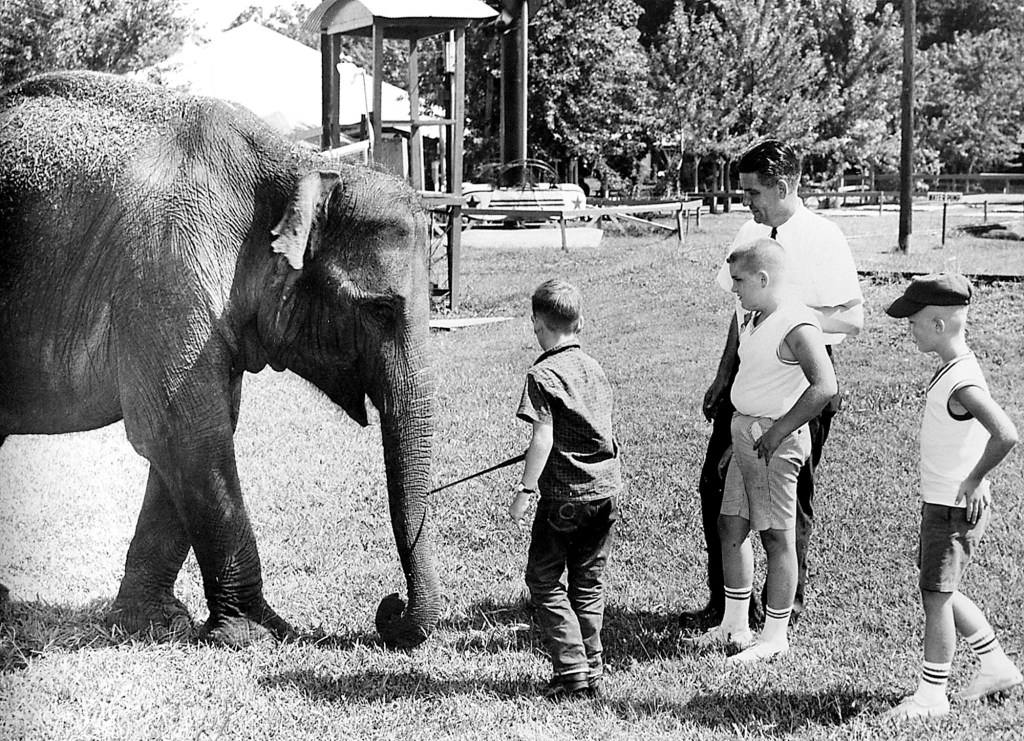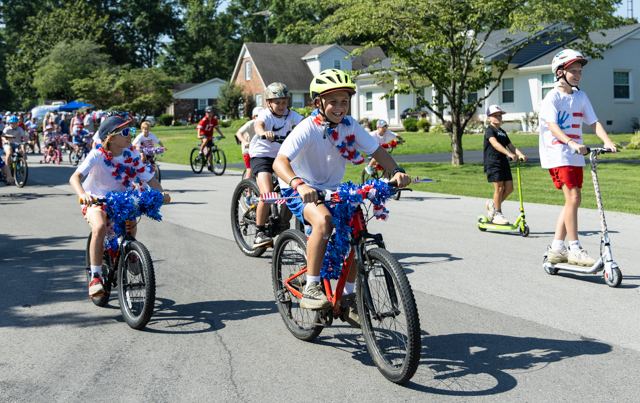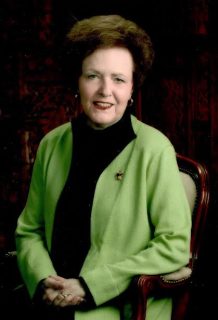Beech Bend remains family, racing attraction
Published 4:35 pm Friday, September 14, 2012

- Robert Cochran and several boys visit with an elephant at Beech Bend. (Photo Courtesy of Special Collections-WKU)
The area now part of Beech Bend served as a recreation and camping area along the Barren River as early as 1880.
Charlie Garvin purchased Beech Bend in 1942 at a public auction.
“There was already a park there,” said David Garvin, Charlie Garvin’s son.
Before coming into Charlie Garvin’s hands, Beech Bend amusement park was owned and operated by the Brashear family as an outgrowth of farmland that the family bought in 1860 from Willis Ennis, who operated a ferry, and his wife, Caroline Hines Ennis.
Will Brashear and two of his sisters, Jennie and Dora Brashear, tossed around the idea of opening up the land along the river bottom to picnics and family gatherings (for a 10-cent admission fee) and building a dance pavilion on the hill overlooking the bottom.
The Beech Bend name was devised by Jennie and Dora Brashear because of the beech trees that dominated the river bottom, according to “Dynasty of Dimes,” a book chronicling Beech Bend’s history and written by Robert Dickey, a one-time park publicist and attorney who counted Charlie Garvin among his clients.
The pavilion was completed in 1890 to a great reception, and Beech Bend became a popular destination at the turn of the century for what newspapers at the time called “the society set,” according to Dickey.
“The Brashears were encouraged by the initial response and had worked hard through the off season to enlarge the pavilion and add a veranda in preparation for the 1908 season,” Dickey wrote.
The river attracted many visitors eager to swim during a hot afternoon as well.
Later developments at Beech Bend under the Brashears’ watch included a roller rink set up on the pavilion and a single-story building containing a dining room for guests to eat meals prepared by Jennie and Dora Brashear. But the dance pavilion remained the main attraction for people looking for summer entertainment in the early 20th century.
Along with being the highlight of the social calendar, the sponsored dances provided a steady source of income for the Brashears.
“The importance of the dances and the part they played in community entertainment – long before the advent of radio, much less television – cannot be overstated,” Dickey wrote.
In 1942, Will was the last of the Brashear trio to die, and Charlie Garvin, a neighbor who farmed and worked as a deputy circuit court clerk, paid close to $13,000 for the property.
He would soon add new names to the lineup of entertainment at Beech Bend.
“Dad was really smart about things. He never really talked a lot, but he knew how to do everything,” David Garvin said. “He had a big zoo because to get kids to come here on their school trips you had to have an educational aspect.”
At first the animals included possums, skunks and deer.
The kids didn’t really care about looking at animals, but the adults seemed interested, so the park’s menagerie grew.
“We had lions and tigers and he bought 14 elephants, there were 11 babies and three adults,” Garvin said.
Barnum and Bailey sold the animals that came with their keeper Louie Reed, who stayed at the park with the animals until their death.
Garvin said the elephants came into town on a train, were unloaded at the freight depot on
“The importance of the dances and the part they played in community entertainment – long before the advent of radio, much less television – cannot be overstated.”






